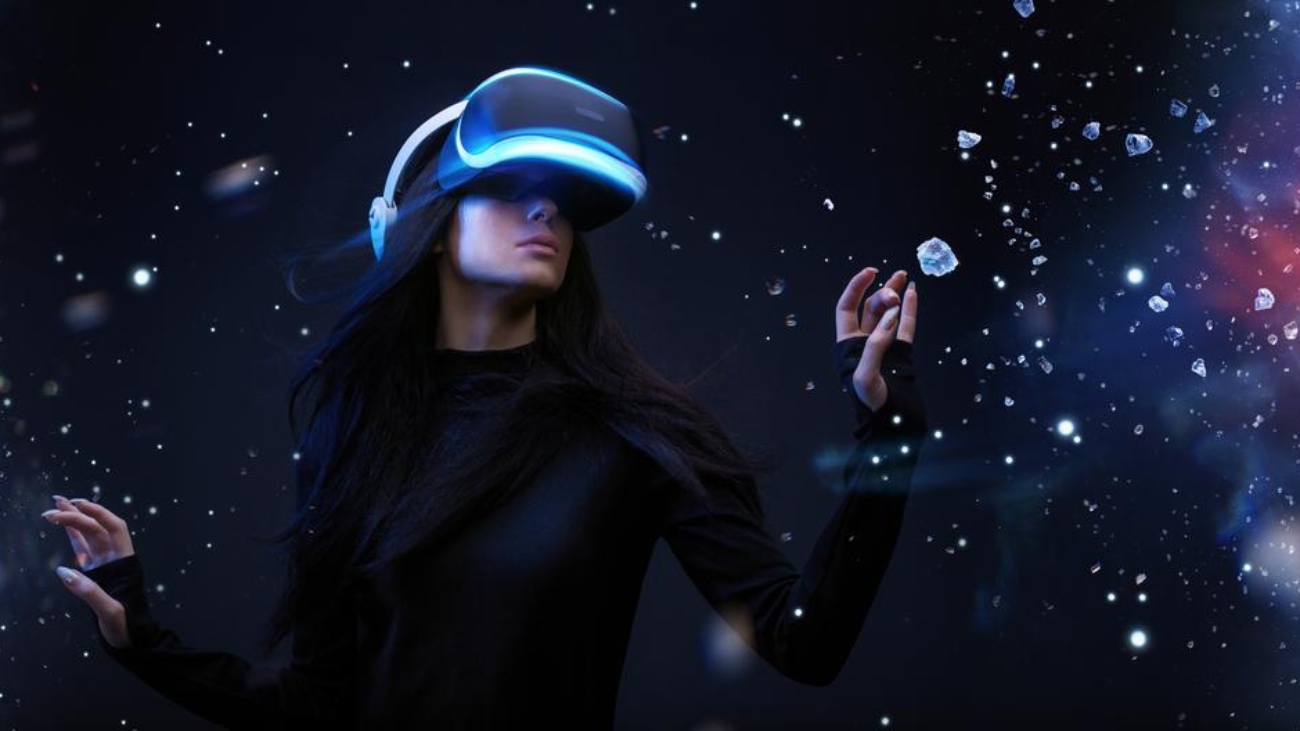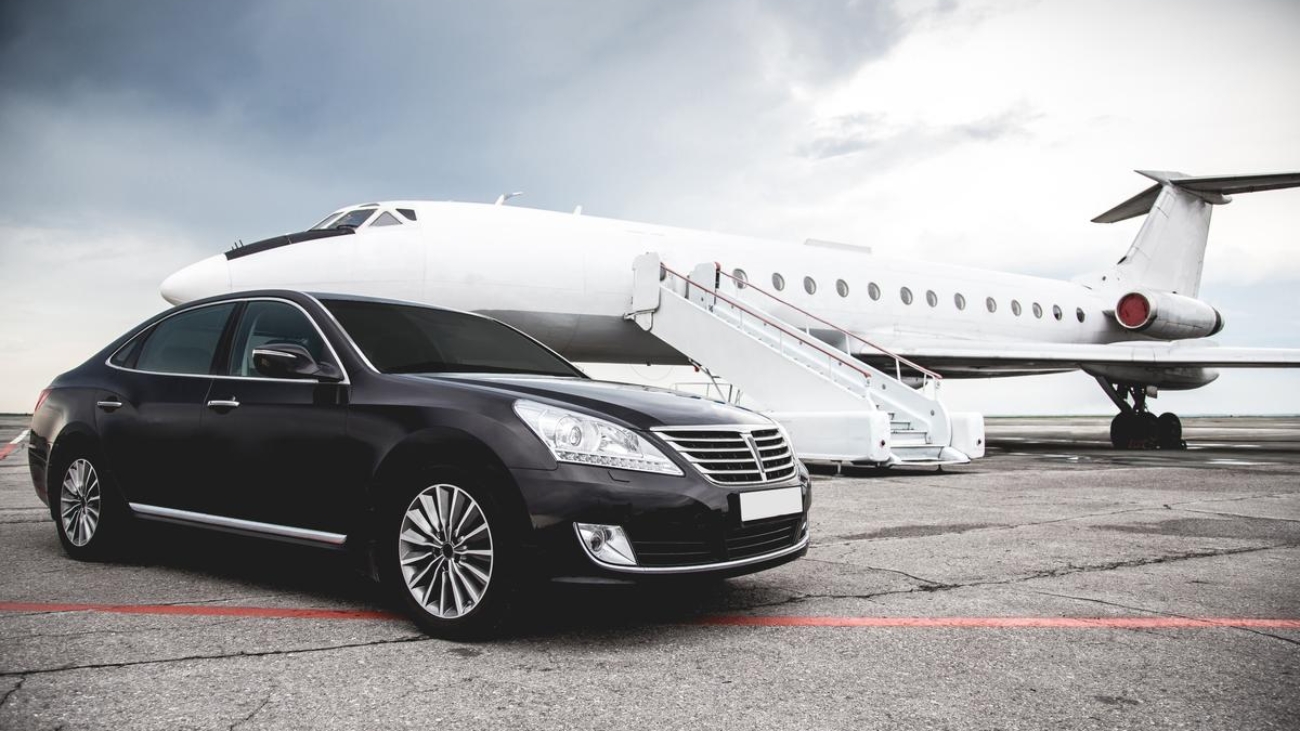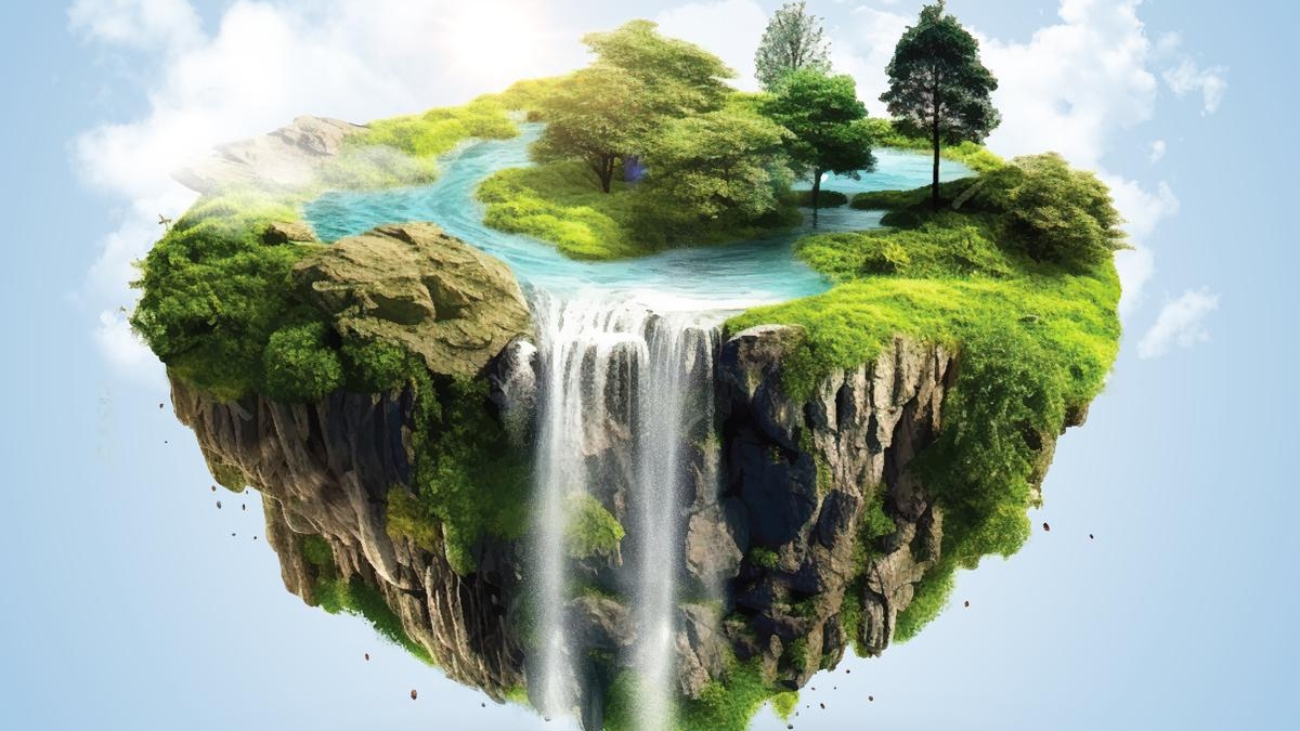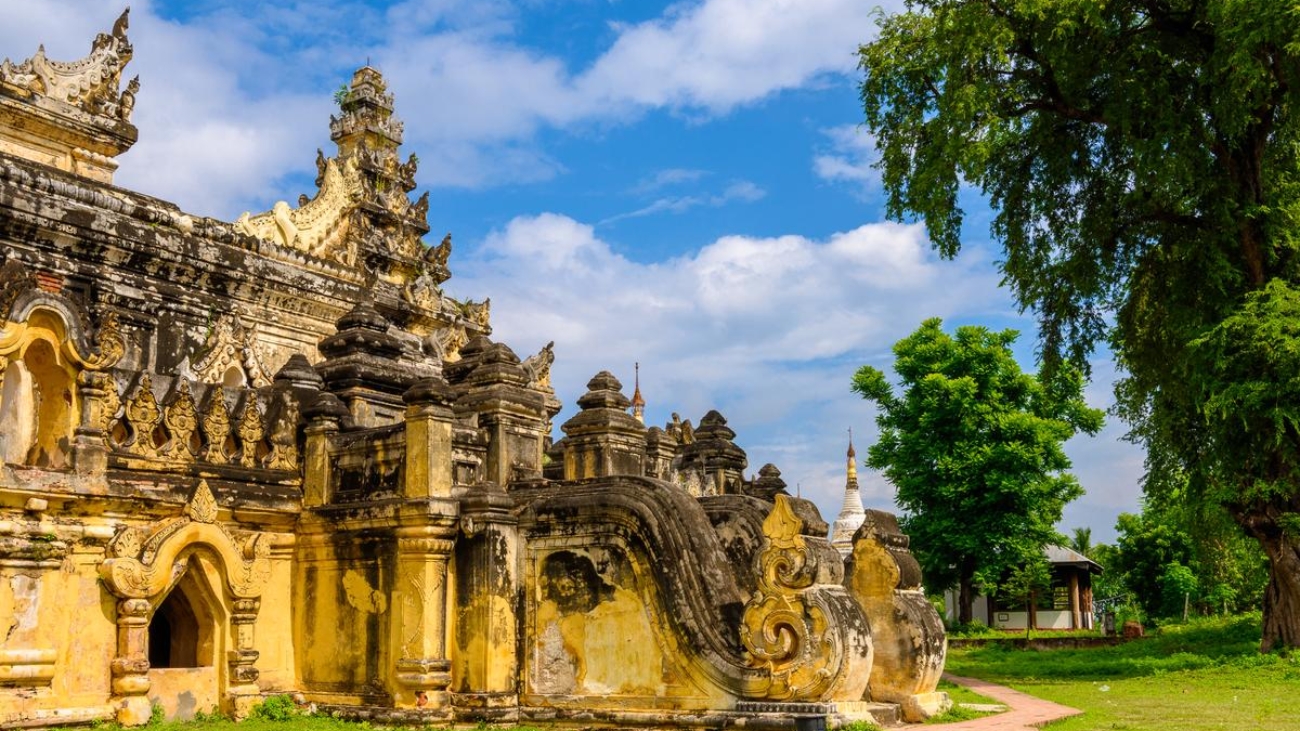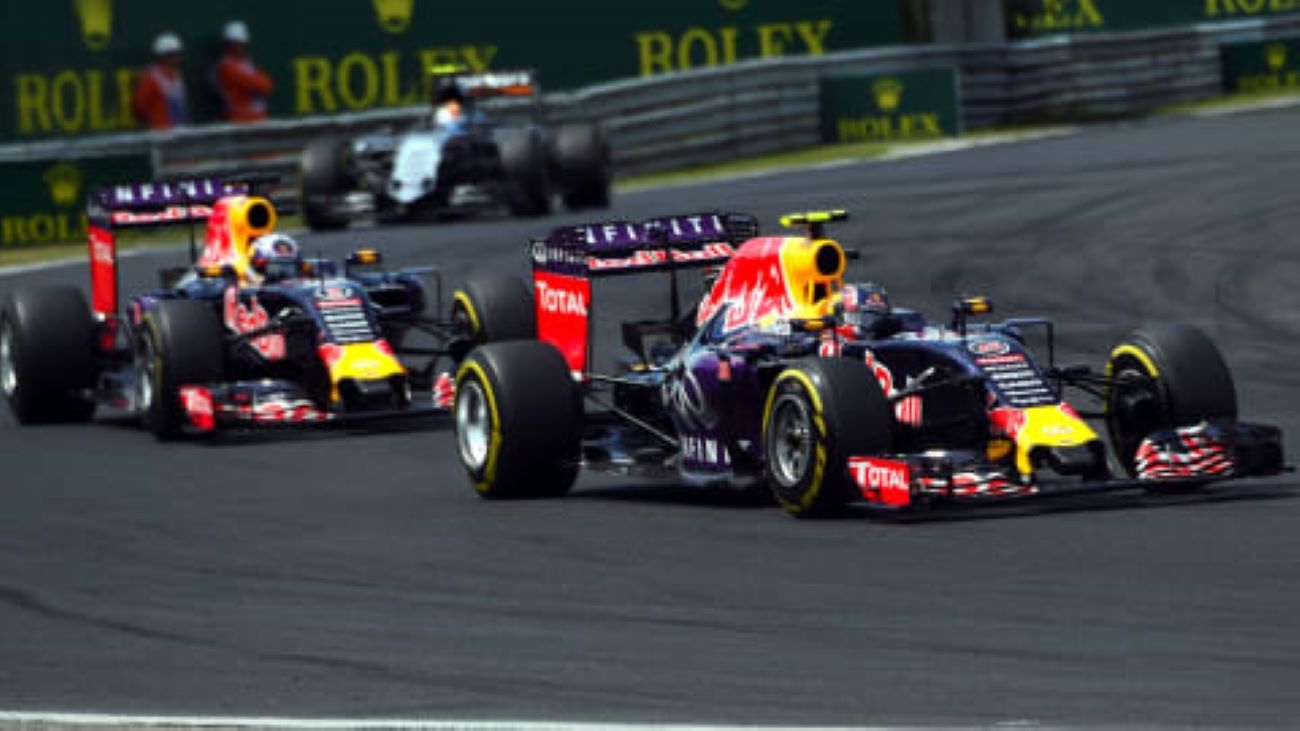In the age of rapid technological advancement, video has emerged as a powerful medium that transcends boundaries, connecting people, cultures, and ideas like never before. From the early days of cinema to the widespread availability of smartphones, the video revolution has transformed the way we perceive and share information, leaving an indelible impact on society and shaping the future of communication.
The Evolution of Video Revolution Communication:
The journey of video communication began with the invention of the motion picture camera in the late 19th century. The Lumière brothers’ first public screening of a moving picture in 1895 marked the birth of cinema, setting the stage for a revolution that would unfold over the years. The advent of television in the mid-20th century brought video into living rooms across the globe, changing the way we consumed information and entertainment.
Fast forward to the digital age, and video is now accessible to anyone with a smartphone or internet connection. Social media platforms, video-sharing websites, and streaming services have democratized video content, allowing individuals and organizations to reach vast audiences with ease.
Video Revolution & Global Language of Connection:
Video is a worldwide language that cuts beyond linguistic and cultural boundaries. It has the power to evoke emotions, convey messages, and tell stories in a way that resonates with audiences worldwide. Whether it’s a heartwarming family video, a thought-provoking documentary, or a thrilling movie, video has the unique ability to unite people from diverse backgrounds and foster a sense of connection.
Transforming Education and Learning with Video Revolution:
In the realm of education, video has revolutionized the way we learn and acquire knowledge. Educational videos and online tutorials offer interactive and engaging learning experiences. Making complex subjects more accessible and enjoyable for students of all ages. From virtual classrooms to remote learning, video has become an integral part of modern education, enabling knowledge-sharing on a global scale.
Video in Marketing and Branding:
For businesses and brands, video has become an indispensable tool for marketing and branding. From captivating advertisements to engaging social media campaigns, video content drives consumer engagement and brand awareness. The ability to convey a brand’s story and values through video allows for a more immersive and memorable experience. Establishing a deeper connection with the audience.
The Power of Visual Storytelling:
In the realm of storytelling, video has taken center stage. Visual storytelling allows filmmakers, artists, and content creators to evoke emotions, provoke thought, and challenge perspectives. Through cinematic techniques, video captivates audiences, leaving a lasting impression that lingers long after the screen fades to black.
Video Journalism and Citizen Reporting:
With the rise of citizen journalism and smartphones equipped with high-quality cameras. Video has become a powerful tool for reporting news and events in real-time. Citizen journalists have used video to document social movements, political unrest, and humanitarian crises. Bringing attention to issues that might otherwise remain overlooked. Video journalism has democratized the media landscape, providing diverse perspectives on global events.
Empowering Creative Expression:
Video has become a platform for creative expression, allowing artists, musicians, and filmmakers to showcase their talents and share their vision with the world. Independent filmmakers, in particular, have found new avenues to reach audiences, thanks to online platforms and digital distribution channels. The democratization of video production and distribution has empowered creators to share their art with a global audience.
The Future of Video:
As technology continues to advance, the video revolution shows no signs of slowing down. Virtual reality (VR) and augmented reality (AR) are redefining immersive experiences, blurring the lines between the real and the virtual. The integration of AI and machine learning in video analytics and production is shaping personalized and interactive content tailored to individual preferences.
Conclusion:
The video revolution has transformed the way we communicate, learn, and connect with the world. From its early beginnings in cinema to the digital age of streaming and social media, video has become an integral part of modern life. With its power to bridge gaps, tell stories, and ignite imaginations, video continues to shape perspectives and ideas. Leaving an enduring mark on society and propelling us into a future where the possibilities are limitless. As the video revolution unfolds, we can only anticipate further transformation in how we perceive and interact with the world around us. In concluding our Video Revolution journey with FinBiz Tech., we celebrate innovation and impact. Elevate your brand with captivating visuals and seamless experiences. Embrace the future of digital storytelling with us.


